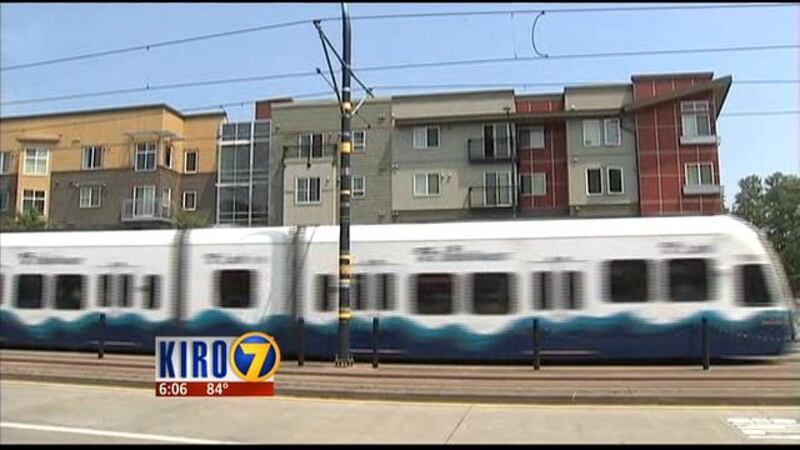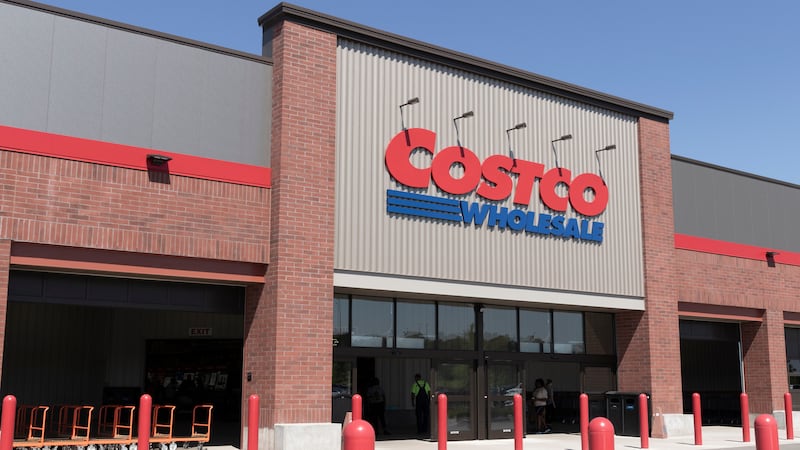SEATTLE, Wash. — As Sound Transit completes its public survey for possible new expansion lines, some residents question the great density they anticipate would accompany the addition of a light rail line in their neighborhood.
The survey ending Wednesday night (http://soundtransit3.org/survey) will provide Sound Transit with feedback to create their priority list of new routes, to be approved by voters in November 2016.
Eric Fisk, a writer for the Wallyhood blog, noticed that one possibility was to connect Ballard and the University District, by going through Wallingford.
Fisk said the Wallingford neighborhood plan already has the main retail core zoned to create four- or five-story structures, which will be a denser setup than the current smattering of one-story businesses.
But he said he’s not excited about the prospect of those becoming even taller, the way he’s seen other areas develop near light rail lines.
“It’s not really a matter of whether density is good or bad, it’s where it should go, and what sort of neighborhoods should we have in the city,” Fisk said.
He described Wallingford as a quickly disappearing type of neighborhood: one with single-family homes set close to each other on smaller lots, next to an urban core.
“We don’t want to become Belltown, and we’re not interested in being Duvall, either,” he said.
People living in areas that have seen light rail come through said the density has changed the area drastically. City officials have been encouraging such density around transit hubs to promote walkability and access to transit.
Judith Schorr lives close to the Columbia City rail station.
“It’s the best thing that’s happened to us. But we’re far enough away, about a five-minute drive. So we feel like we’re away from the city, out of the density,” she said.
Schorr described huge apartment complexes popping up nearby and said parking in the area is becoming more difficult.
But she enjoys the ease of getting downtown on the light rail line.
Geoff Patrick, a spokesperson for Sound Transit, said the "look" of a light rail addition can vary by area.
“Good thing about light rail is it has lots of flexibility, either underground, above ground, at-grade,” Patrick said.
As for density of housing and businesses around light rail, Patrick said the cities in which the light rail is located would have authority over how to make use of the land.
“Light rail is really good at leveraging vibrant housing,” Patrick said.
KIRO








